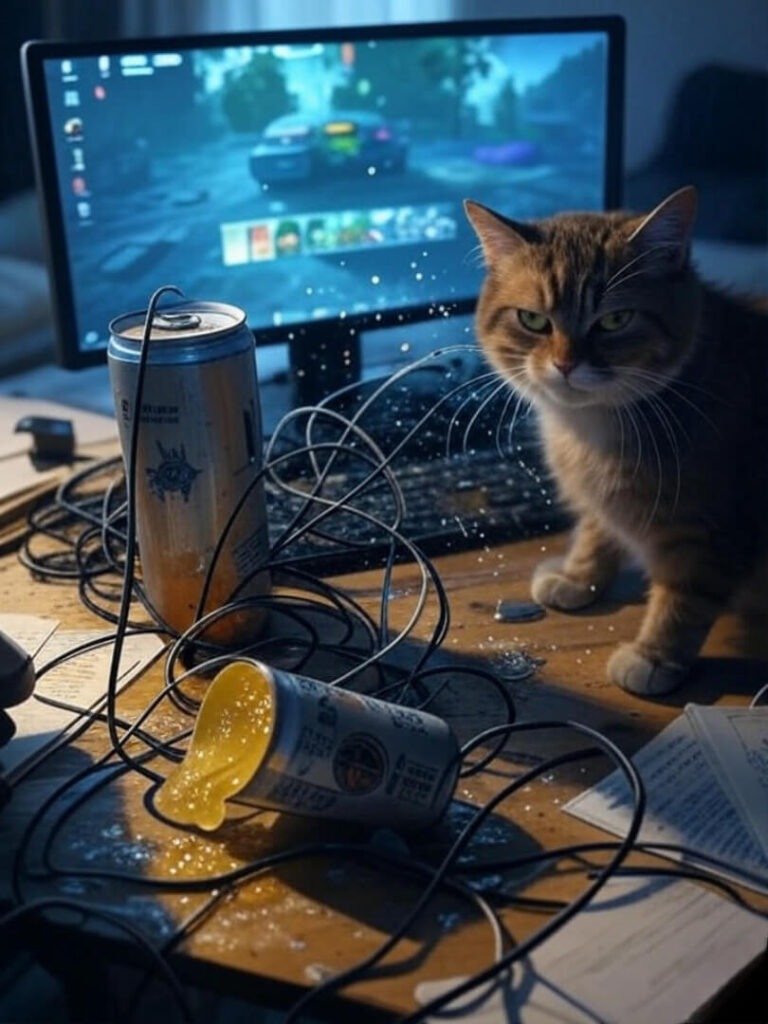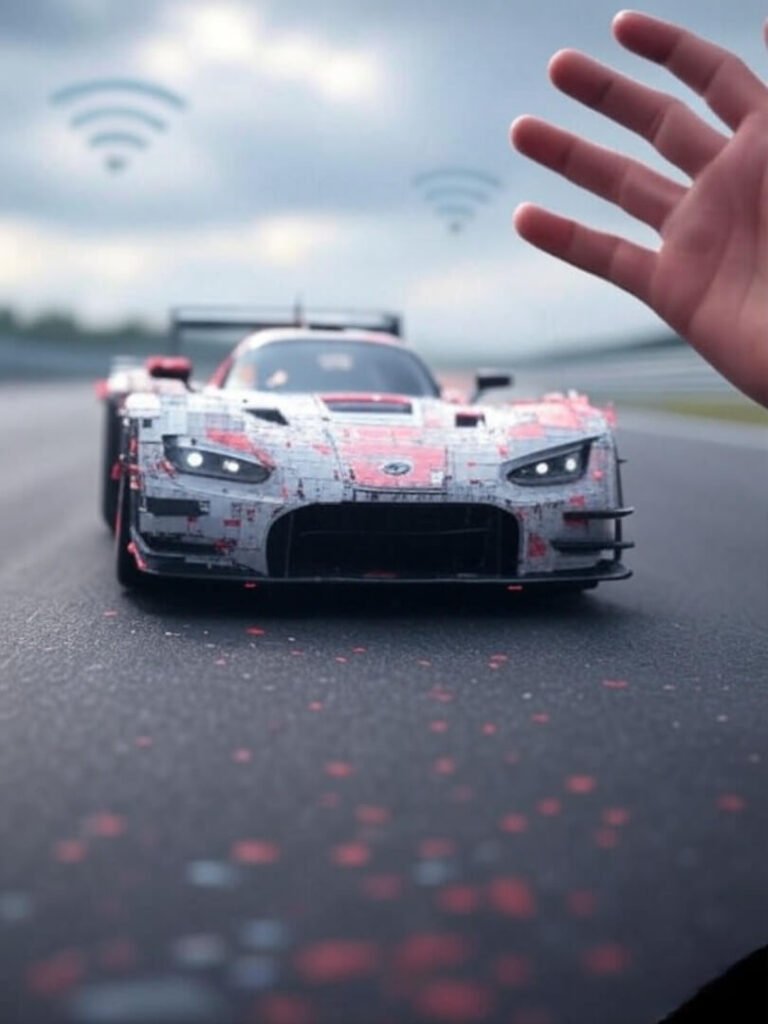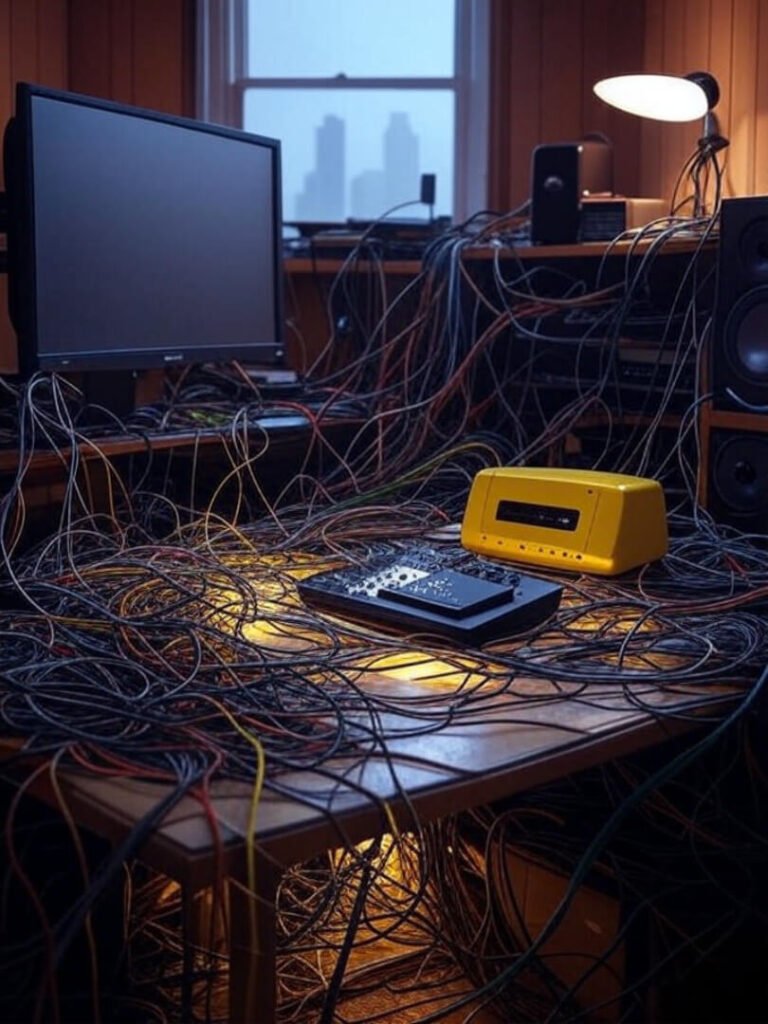Okay, cloud gaming issues are, like, my personal nemesis right now. I’m sitting in my tiny-ass Queens apartment, the fan rattling like it’s gonna launch into orbit, trying to play Halo Infinite on Xbox Cloud Gaming, and—bam—lag hits so hard I swear Master Chief is doing the robot. My setup’s a mess: empty seltzer cans, a half-eaten bodega sandwich, and me, yelling at my screen like it’s gonna apologize. I ain’t no tech genius, just a dude who’s fumbled through enough cloud gaming problems to fill a Reddit thread. So, lemme spill my coffee-stained notes on the most frequent cloud gaming issues I’ve dealt with and how I’ve, uh, mostly fixed ‘em. Forgive me if I ramble—I’m running on fumes and cheap caffeine.
Why Cloud Gaming Issues Keep Ruining My Night
Cloud gaming’s supposed to be slick, right? No $2,000 PC, just stream Assassin’s Creed and vibe. But then you get lag, crashes, or graphics that look like they’re from a Nokia 3310. I’m in my living room, the neighbor’s dog barking like it’s auditioning for a TikTok, and I’m battling these cloud gaming issues that make me wanna chuck my controller into the Hudson. Here’s what I’ve learned from my late-night rage sessions.
Lag: The Cloud Gaming Issue That Makes Me Wanna Scream
Lag is straight-up evil. Last weekend, I’m deep in Warzone on GeForce Now, my cat knocking over my seltzer (RIP my carpet), and my character’s moving like he’s stuck in quicksand. Cloud gaming issues like lag usually come from my crap Wi-Fi or the service’s servers being overloaded.
- My Fix: I run Speedtest.net to check my internet—usually it’s barely hitting 20 Mbps, ugh. Rebooting my router sometimes works, or I yell at my roommate to stop downloading TikToks. Also, I finally caved and got an Ethernet cable—dragged it across my apartment like a caveman. Cuts lag like nobody’s business.
- Dumb Move: I once thought turning off my firewall would help. Spoiler: it didn’t, and I spent an hour panicking about hackers. Don’t be me.

Crashes: When My Game Just Says “Peace Out”
Crashes are the worst kind of cloud gaming issue. I was playing Destiny 2 on Stadia (back when it was a thing, RIP), and mid-raid, the game just noped out. Black screen, error code, and me, staring at my reflection in my monitor, looking like a sad potato. Servers tanking or some weird app glitch is usually the culprit.
- My Fix: I clear my browser cache (I’m a Firefox stan, fight me) and make sure the app’s updated. Switching server regions in the app sometimes helps—East Coast servers are usually less wonky for me. Oh, and close background apps. I learned that after Discord crashed my session.
- Embarrassing Story: I once spent 20 minutes restarting my laptop before realizing I hadn’t paid my Xbox Game Pass sub. Yeah, I’m that idiot.
Blurry Graphics: Why’s My Game a Pixelated Nightmare?
Nothing says cloud gaming issues like your game going from 4K to looking like a bad MS Paint job. I was streaming Forza Horizon 5 on my TV, hyped to race through Mexico, and suddenly it’s like I’m playing on a Game Boy. This happens when the service dials down quality to save bandwidth.
- My Fix: I lock the resolution to 1080p in the app settings if my Wi-Fi’s feeling generous. Also, I make sure my roommate’s not streaming Squid Game in 4K. Check out Cloudwards’ bandwidth tips for more.
- Weird Fail: I tried gaming on my phone’s hotspot during a power outage. Looked like Minecraft. Never again.

My Biggest Cloud Gaming Screw-Ups (and What I Learned)
Look, I’m not proud, but I’ve made some dumb moves with cloud gaming issues. One time, I spent an hour troubleshooting Luna, cursing like a sailor, only to realize my Wi-Fi was off because I’d unplugged the router to charge my phone. Classic me. Another time, I tried streaming Elden Ring on my ancient laptop, and it overheated so bad I thought it was gonna catch fire. Here’s what my dumbass moments taught me:
- Check the obvious stuff. Wi-Fi on? Subscription active? Don’t pull a me and forget.
- Reddit’s your friend. The r/cloudgaming folks have saved my butt with their tips.
- Invest in decent internet. I cheaped out on a $30 plan and paid for it with lag. Aim for 25 Mbps minimum, trust me.

How I’m Dealing with Cloud Gaming Issues (Kinda)
I’m still wrestling with cloud gaming issues, but I’m getting better at it. My setup’s a hot mess—cables everywhere, my cat batting at my controller like it’s a toy—but I’m managing. I test my connection, tweak settings, and pray to the Wi-Fi gods. If you’re stuck with cloud gaming problems, don’t yeet your gear yet. Try my fixes, laugh at my screw-ups, and maybe you’ll avoid spilling seltzer on your setup like I did.






















































